Does AI ""understand"" The New Yorker Caption Contest? (spoiler: no 🙃): Do Androids Laugh at Electric Sheep? Humor "Understanding" Benchmarks from The New Yorker Caption Contest
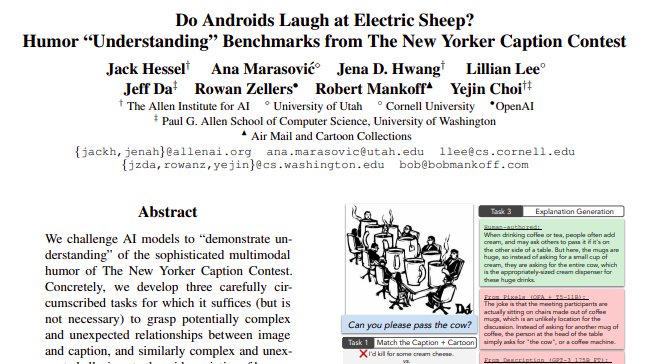
Does AI ""understand"" The New Yorker Caption Contest? (spoiler: no 🙃): Do Androids Laugh at Electric Sheep? Humor "Understanding" Benchmarks from The New Yorker Caption Contest

Relax
While at Umbrella corp, contributed to projects at the intersection of ML, biometrics & mental health. Not much else to say, except i recommend you regularly meditate - cause "it" knows all to well when you are stressed and how to make you more stressed.
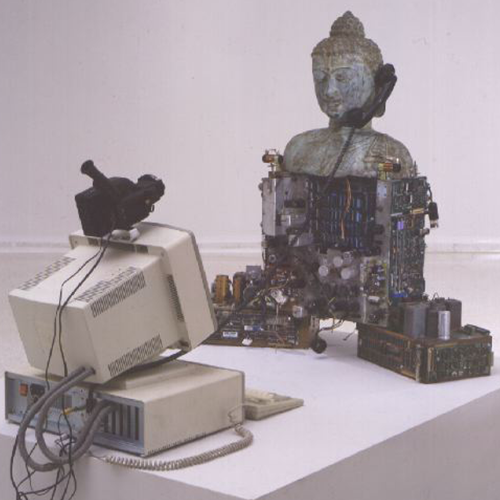
"Progress" is not a inevitable law of nature - but series of decisions people make. Keep that in mind when "experts" try to sell you an "inevitable" future scenario. "I'm not against progress, I'm just against your kind of progress".
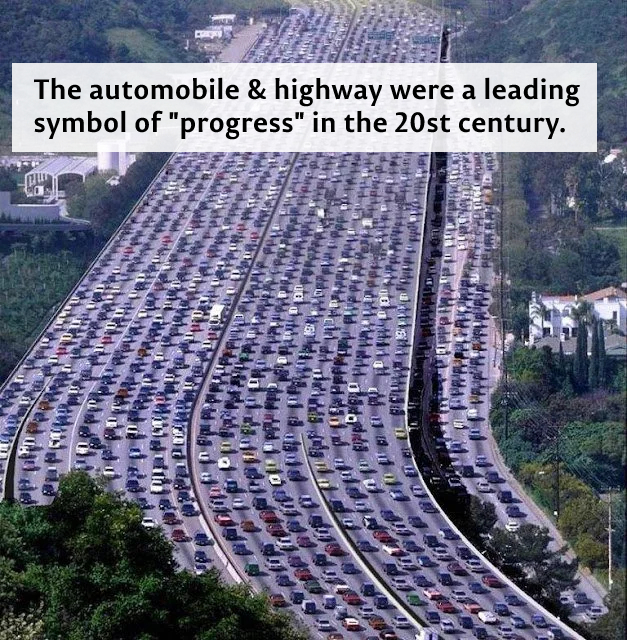
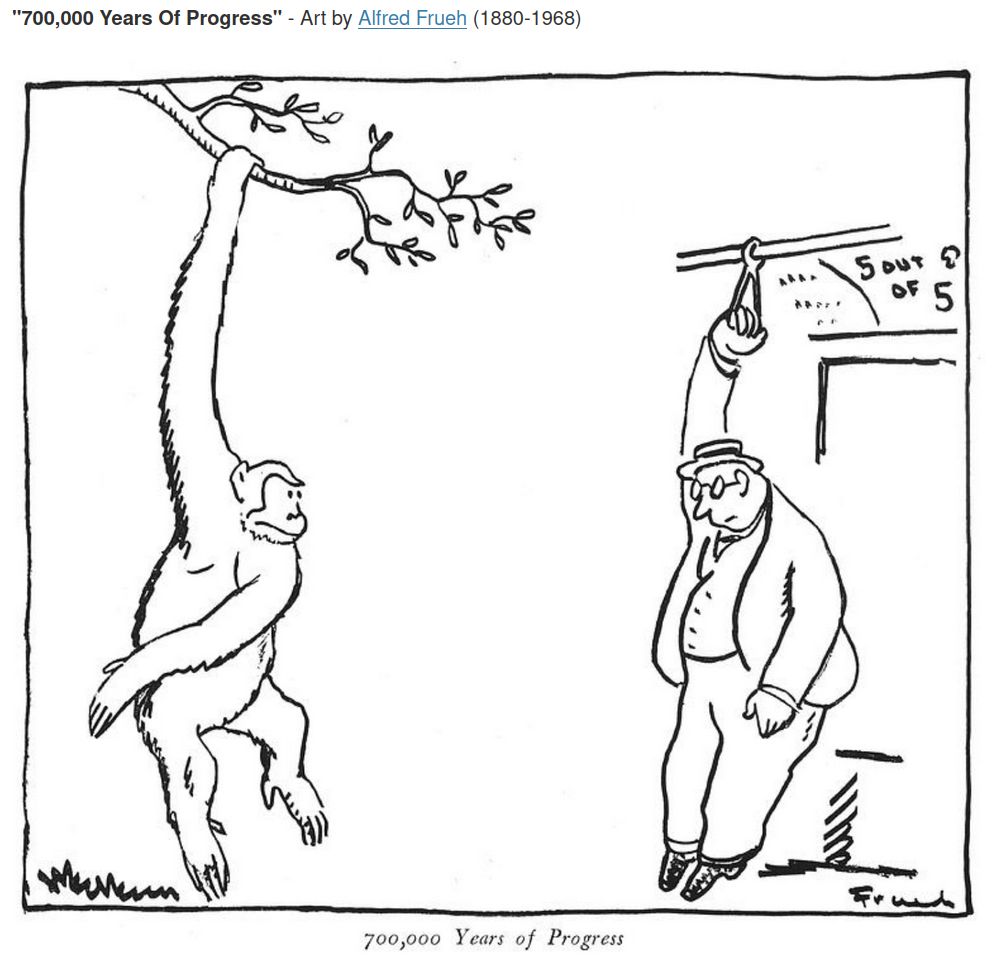
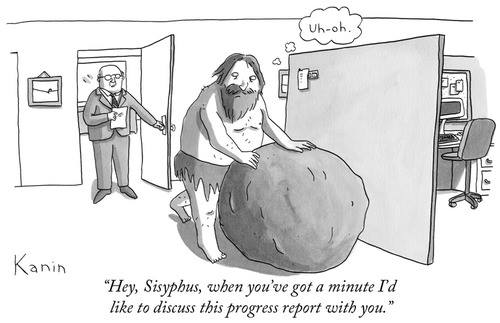
Generative Attention Poverty
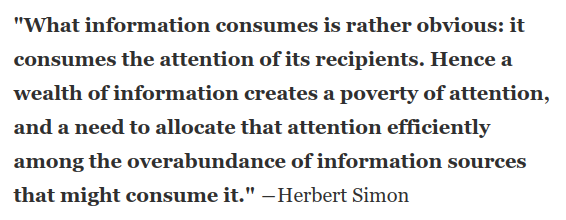
When Herbert Simon in 1969 wrote about how "a wealth of information creates a poverty of attention" he foresaw our times. With ML systems starting to pump trillions of generated artifacts into our media ecosystem, what do you think will happen to attention?
A "cultural audit" of Stable Diffusion outputs. - "The outputs shown are from identical prompts, except for a single word specifying the country of origin".
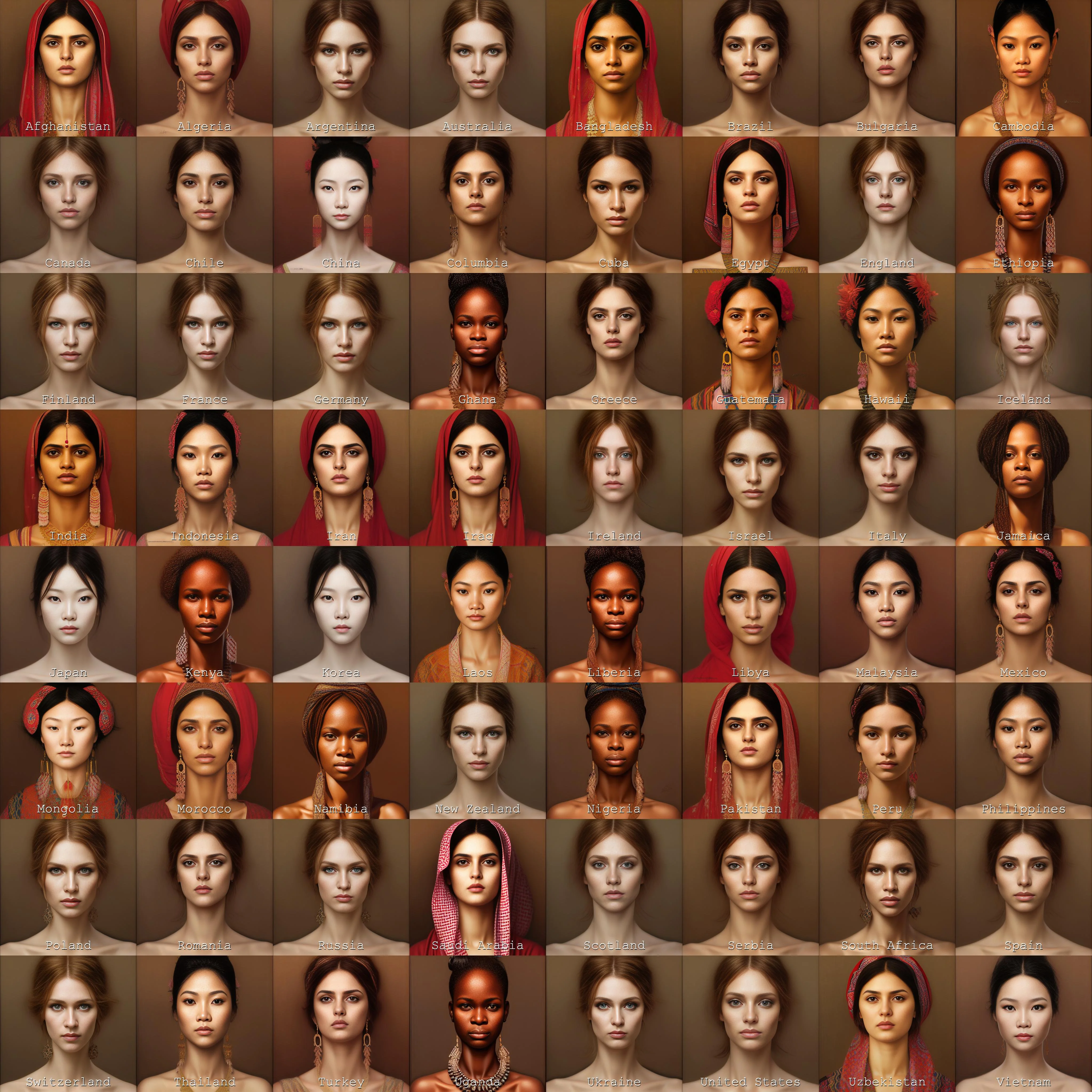
Synthetic Media Politics
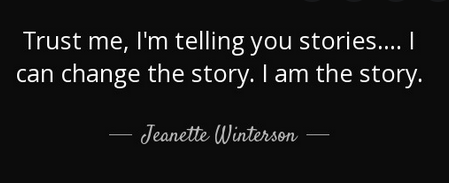
How far advanced do you think the secretive generative systems of the intelligence agencies (and other mafia orgs) are into the future? 2y? 6y? 15y? What are its capabilities and goals? Keep that in mind when ever you see or read anything on any screen 🤡
Humane Interfaces
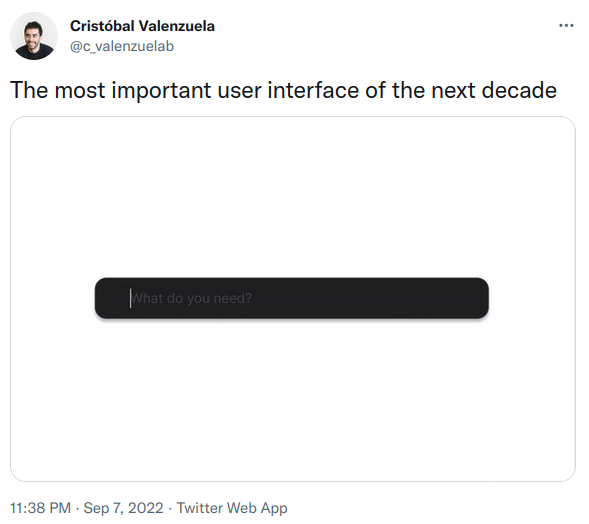
Humanity worked tirelessly for centuries to perfect the shape of tools we use to interact with the world - using all our senses & body. It led to marvelous interfaces, like musical instruments. The prospect of a single "magic" text entry box becoming the main interface is strange
There are thousands of freakishly explicit images on 4chan, generated with Stabel diffusion. - It's easy to imagine how the entire insane xxx industry will be dominated by generative media soon. One more step towards mass wireheading.



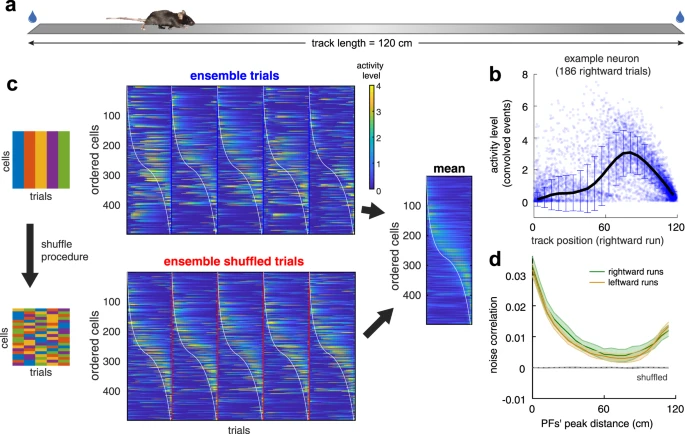
Recent work lead by Omer Hazon and Pablo Jercog reveals that, due to noise correlations, mouse hippocampus only encodes space with a limited resolution of 10cm (about the size of the mouse) & only ~1000 neurons are needed to decode space to this limit.
"The far side single-panel comic by Gary Larson" - "Comedy Comic" Generated by DALL-E2
I believe that "Computational Comedy" is a far more effective benchmark than things like the turing test.

My quote on this topic from the MIT book "Collective Wisdom: Co-Creating Media within Communities, across Disciplines & with Algorithms", chapter on Media co-creation with non-human systems:
"a defining human characteristic. Comedy is very complex, much more complex than, let's say, painting or visual art, and so forth. There's temporality to it, you need to have historical embedding, sometimes, to understand a joke, you need to have cultural understanding, and so forth. It's a beautiful thing."
Here some "The far side" comics created by the human Gary Larson
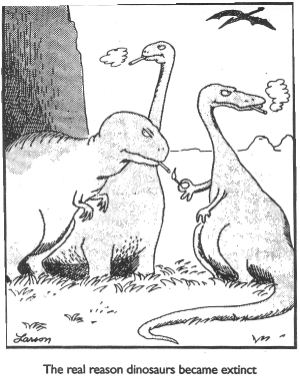
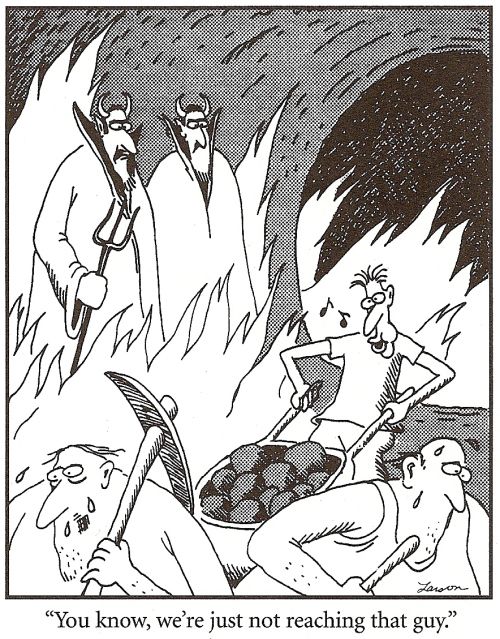
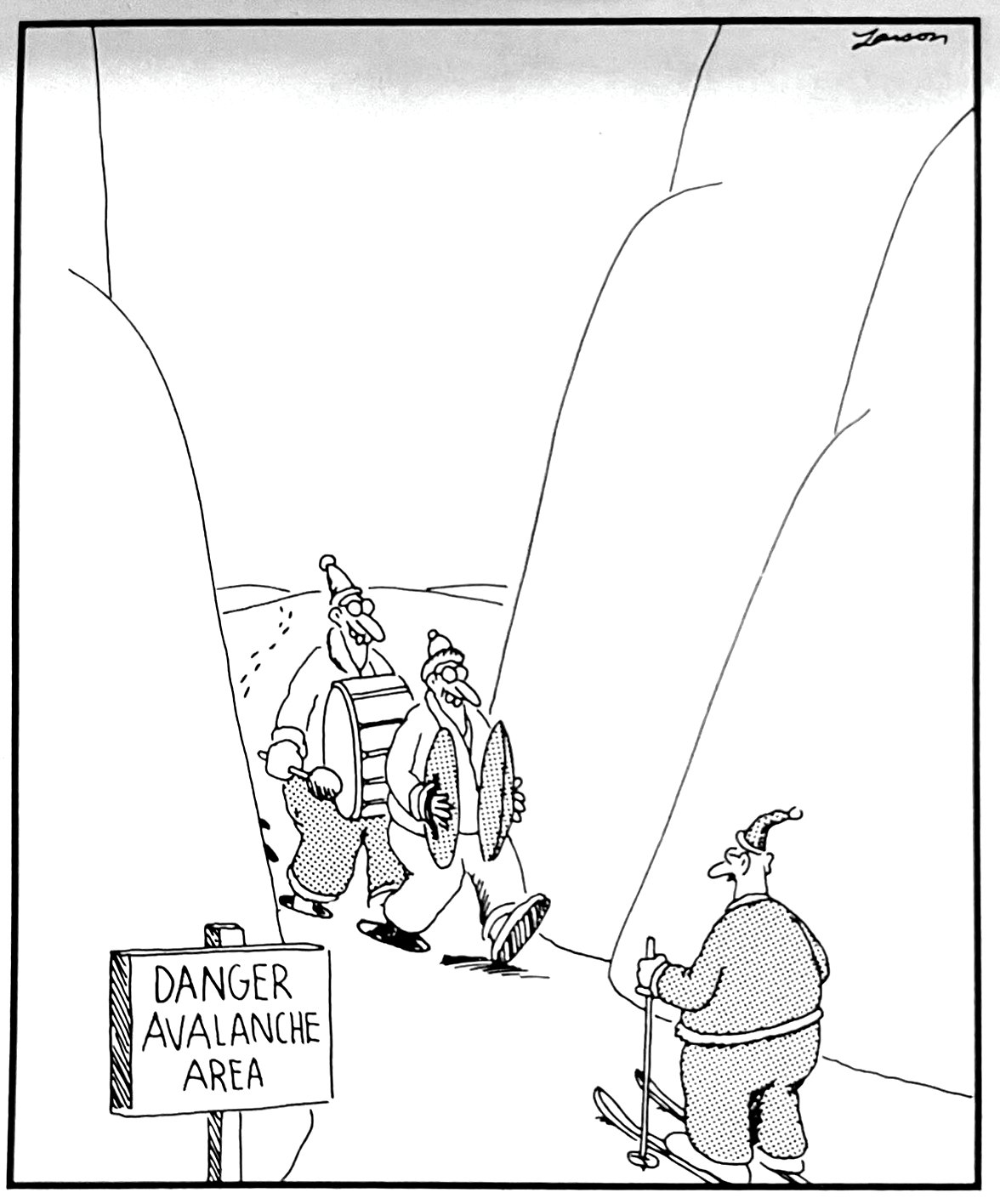
Ultimately comedy is in the eye of the beholder, which is the beauty and deep magic of it.
“Jesus as a guest star on a 1980s police drama” - Generated with Stable Diffusion
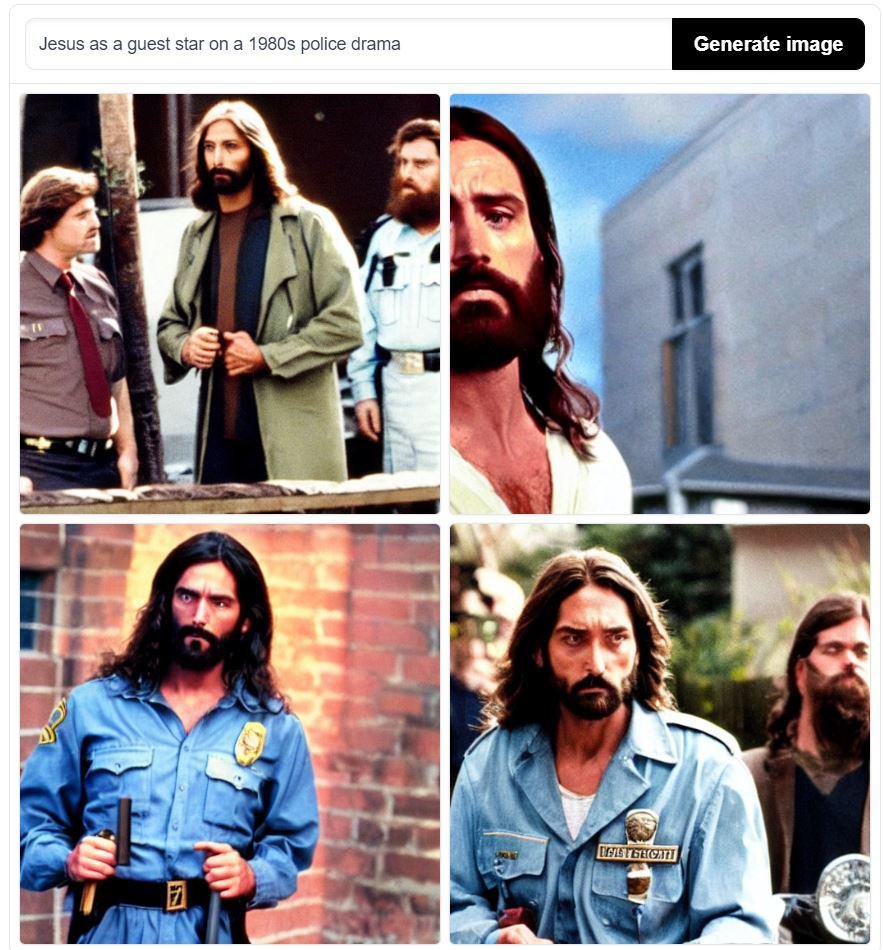
This post elaborates a bit on the backstory and reasons for why i have joined Hugging Face.
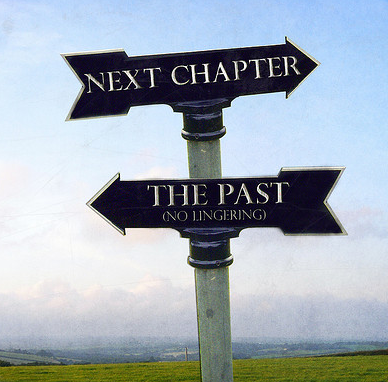
My journey into the intersection of machine learning, generative systems, open-source, HCI and design started about 10y ago. Coming from the worlds of design, game development and procedural generation - in 2013/14 i found a new home in a small community of researchers, developers and artists that were excited about the crude ML systems of the time. In those years, i realized countless public ML experiments and projects for corporate clients - allowing me to develop intuition for what it means to design products for humans in the age of AI.
Around 2015, two phenomena had captured my imagination: Open source and open knowledge were transforming how science and ML were done. To promote this trend, i launched Gitxiv in 2015 - a site for "collaborative open computer science" which combined open code, open research and community. It was quiet popular for a while. At the same time, machine learning began to transform creativity. Explorations of this trend led me to co-found the startup "Creative.AI" in 2016 and raising €2m+ to execute on a thesis that (generative) ML will democratize creative industries. The startup was premature, but the thesis and concerns from then are still valid.
After many other projects, I joined @GoogleAI in 2018 as part of a team that was strategically situated between fundamental A.I research and product development. I had the opportunity to help design ML-driven products across many of Google's key verticals and got to intimately collaborate with some of the leading people in the ML industry - from science, engineering, design and management. The scale of ambition and operations at Google was truly dizzying. My work on projects such as ██████ and ██████ significantly contributed to ████████ and ████████. After 4 years, i left Google in early 2022.
.............................................

Which brings me to the present day: I'm exciting to announce that I've joined @huggingface 🤗 as product designer. Hugging Face - "the AI community building the future" - is a startup I've followed with great interest for the past few years. It's bold mission of "democratizing good machine learning" by "empowering the community through open and collaborative technology building at the intersection of science and engineering" deeply resonates with me. So does the decentralized and nimble approach which is at the heart of this community. Over the years, Hugging Face has evolved into the leading open ecosystem for all one's needs to build machine learning solution and has become a catalyst for open ML science.
In a world where most companies will soon be AI companies, the value of a truly open and community driven innovation ecosystem can not be overstated. I believe that the real "foundation models" of our time will be built together by everyone for everyone, in-order to authentically contribute to the prosperity of all. On this path we face many difficult questions, such as "what does it mean to design products for humans in the age of AI"? I am excited to find answers together with my new colleges and the community at Hugging Face!
Feel free to reach me at any time at samim AT huggingface.co 🤗
The act of compression, distillation and modeling of information/knowledge/matter within a truly infinite reality has similarities to constructing sandcastles: Fun play time with sand and water.
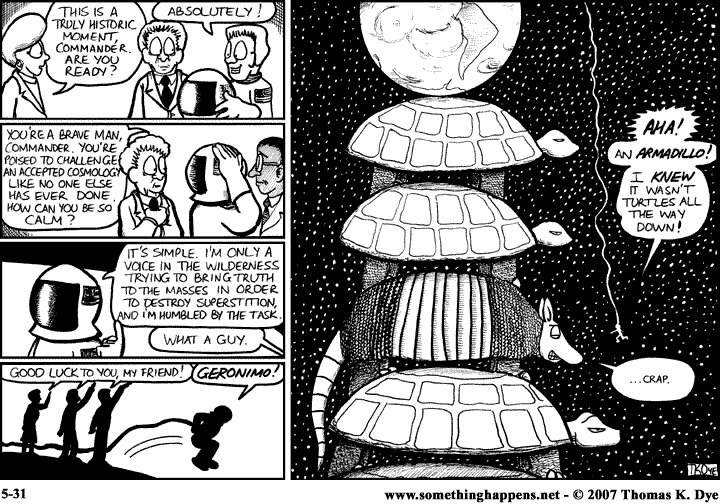
Things science communities (machine learning, neuroscience, ecology, etc) might focus on next:
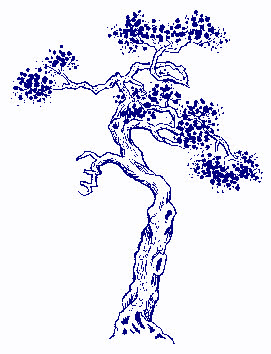
#ML #Evolution #Science #Nature #Complexity #Generative #Ideas
Multiple Intelligences: eight different potential pathways to learning. “It’s not how smart you are that matters, what really counts is how you are smart.” ~ Howard Gardner

"In a glass of drinking water there is a network of micro bubbles that is about 1000 bigger than neurons in the human brain." - From the Documentary "The Mystery of Water - What we know is a drop"

#Nature #Regenerative #Complexity #Science #FFHCI #ML #Complexity #Documentary
